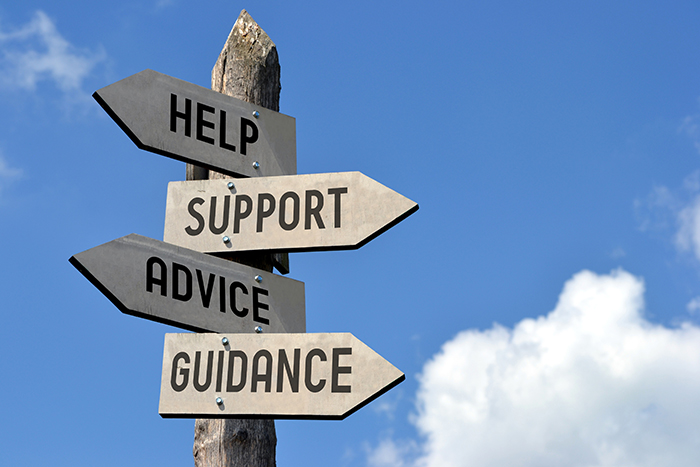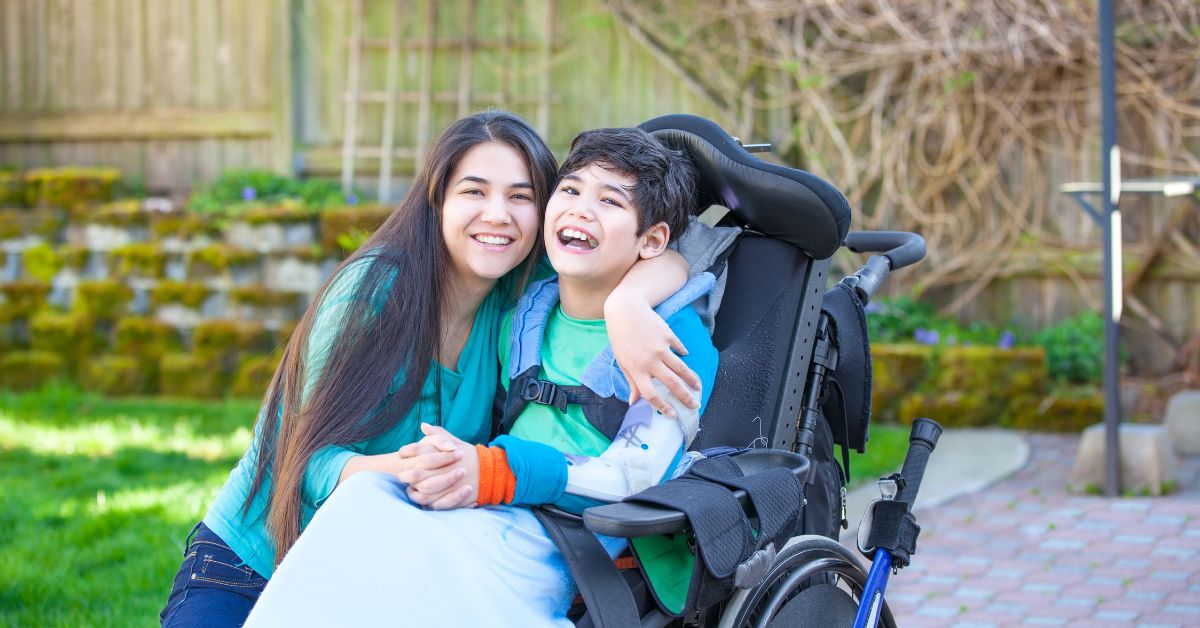Bridging the Caregiver Support Gap: Pick up Where Your EAP Leaves off

Caregiving responsibilities are the number one cause of stress in the workplace. Does your EAP plan cover all their needs? The number of employees shouldering caregiving responsibility is significant: In 2020, AARP and the National Alliance for Caregiving reported that one in five adults in the US, approximately 53 million people, are providing unpaid care to their families. This means a significant percent of your workforce are facing caregiving challenges. Layer the pandemic on top of the already complex and stressful tasks of taking care of loved ones, and you’ve got a recipe for crisis.
In addition to affecting the employee’s own health and wellbeing, caregiving responsibilities can cause trouble at work—absenteeism, presenteeism, reduced productivity, and even accidents. In fact, two thirds of caregivers miss work or take unpaid leave.
What about my EAP?
Employee assistance programs (EAP) are indispensable tools in the human resources kit to assist employees with issues that can impact their personal health or their job performance. Oftentimes, however, these programs come up short when it comes to supporting caregivers—most are set up to address a wide range of needs and are designed primarily for crisis intervention. Caregivers may not be in crisis as defined by an EAP, but they deal with the stresses of caregiving on a daily basis. EAPs may provide referrals and helpful lists of resources (such as memory care, long-term care facilities, daycare, etc.). Yet, for most caregivers it isn’t enough help, potentially leaving them with a pile of information they still have to wade through to determine what services will be most helpful.
As we understand more about the complexities of what determines our individual levels of health and wellbeing, we recognize that caring for others is a key factor in the social determinants of health—conditions in a person’s life including their age or income level, where they were born, or where they live, work, or play. Because people spend significant time in their work environments, employers have a valuable role in supporting employees who are impacted by these social drivers of health, including caregivers.
Because they are structured to address a wide variety of personal needs, EAPs are not suited to providing specialized or personalized guidance for employee caregivers. Nor are they designed to address the long-term support and care management needs caregivers must juggle along with their work responsibilities. If the EAP doesn’t address the unique challenges employees face as caregivers, where should they look for help?
How should I complement my EAP?
Adding a caregiver specific benefit on top of an employee assistance program enables you to help your employees deal with this aspect of their lives, which in turn helps them bring more focus back to the workplace. In addition, a benefit directly targeted to helping caregivers on your staff tells them that you care about them and their stories, and that you recognize their unique needs. This support will have a positive impact on your employees’ personal health and well-being, with the trickle-down effect of being advantageous for the company: Increasing employee productivity, promoting retention, and becoming a positive recruiting tool.
The best EAP benefits companion is a comprehensive, scalable platform that mixes the best of digital and human support.
The best caregiver platform should provide personalized and curated resources tailored to individual employees and their unique caregiving needs, including:
- Step-by-step advice on every caregiving topic imaginable.
- Expert Q&A that provides online content geared toward an employee’s specific needs (children, elders, IEPs, dementia care, etc.).
- Opportunity to speak live with dedicated expert advisors, to get answers to their toughest questions.
- Data driven approach to provide insights into the workforce and uncover caregiver needs.
Torchlight is just such a platform and the perfect complement to your EAP program—it makes business sense and is a rising trend in the most forward-thinking organizations. Contact us today, to learn more about Torchlight.



